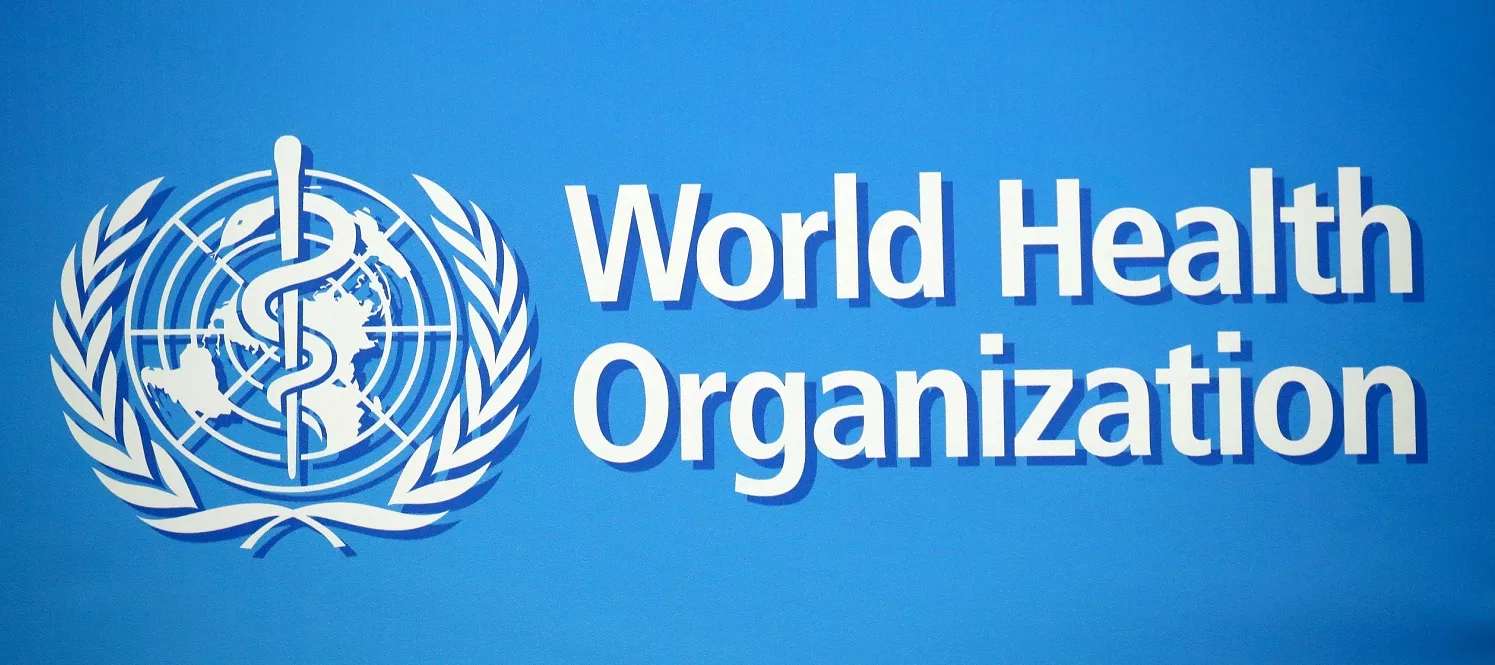Bringing back older workers, using AI could ease workforce shortage: report
Bringing back older workers could help ease the workforce crunch in long-term care, according to a report published this month by the McKinsey Health Institute.
The publication outlines a variety of strategies to address the global healthcare workforce shortage, which is expected to reach 10 million people by 2030. In more than half of the countries studied, the institute found low numbers of healthcare workers relative to the population, compared with many open healthcare jobs
“Unretirement, the growing trend of people returning to work after initially retiring, presents a powerful opportunity to engage older adults in meaningful second careers in healthcare,” according to the report. “MHI research has found that older adults are happier and healthier through meaningful engagement with society, including reentering the workforce.”
Bringing back older workers, the researchers noted, could boost productivity and stabilize employee retention. MHI recommended that providers create pilot programs to test the viability and success of employing those older workers.
MHI suggests that additional training programs would allow more individuals to enter healthcare, and a shorter period for training would also help.
“Ashortage of training opportunities, including limited positions in medical schools, nursing programs and clinical training sites, limits the number of healthcare professionals entering the workforce,” MHI said.
Additionally, the investigators suggested that a shorter training time could accelerate the creation of a pipeline of healthcare professionals without sacrificing quality. This approach would be financially beneficial to students, they said, and would draw more ultimate workers to the field.
In light of staffing challenges, it behooves healthcare organizations to add artificial intelligence to their toolbox, the authors said.
According to MHI, up to 30% of nurses’ tasks could be automated or delegated, “freeing up time for more meaningful work.”
For example, the researchers said, organizations can use AI to streamline workflows by summarizing notes, drafting discharge summaries, automating documentation and improving task prioritization. And tech can be used to shorten time-intensive manual tasks that take away from care provision, they added.
“MHI estimates that freeing up healthcare workers’ time could create the equivalent of 2 million additional workers [worldwide],” the investigators said.









